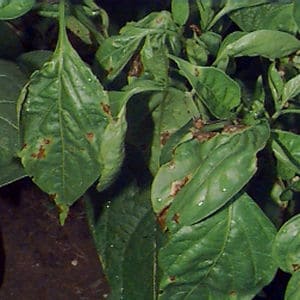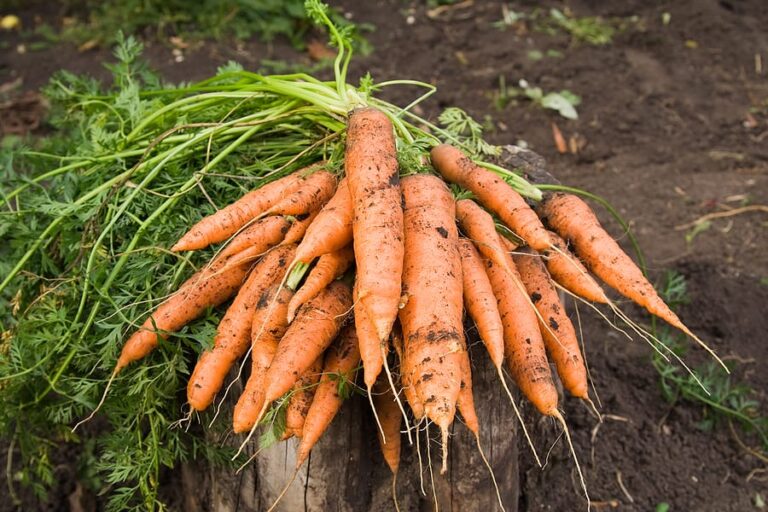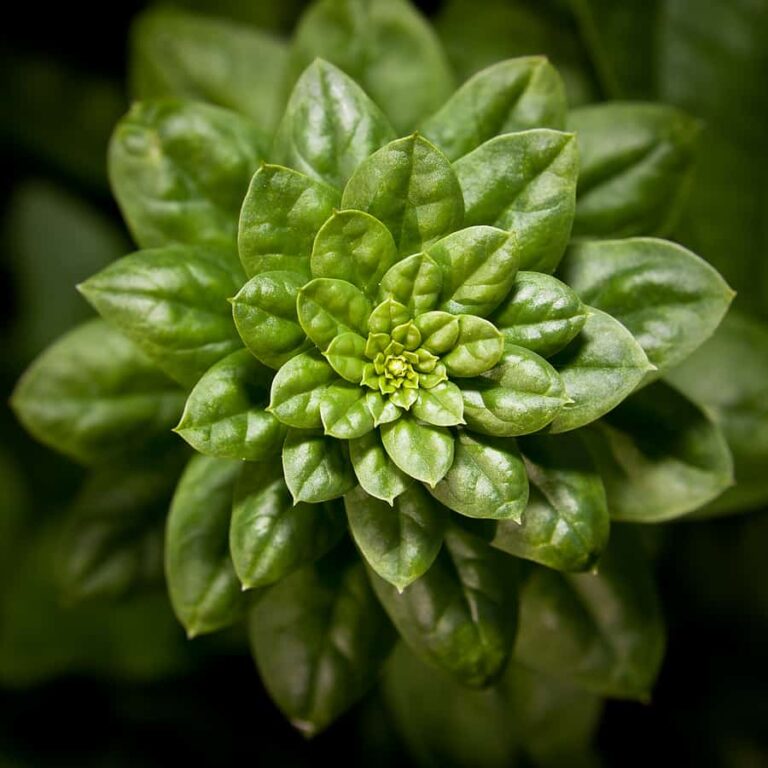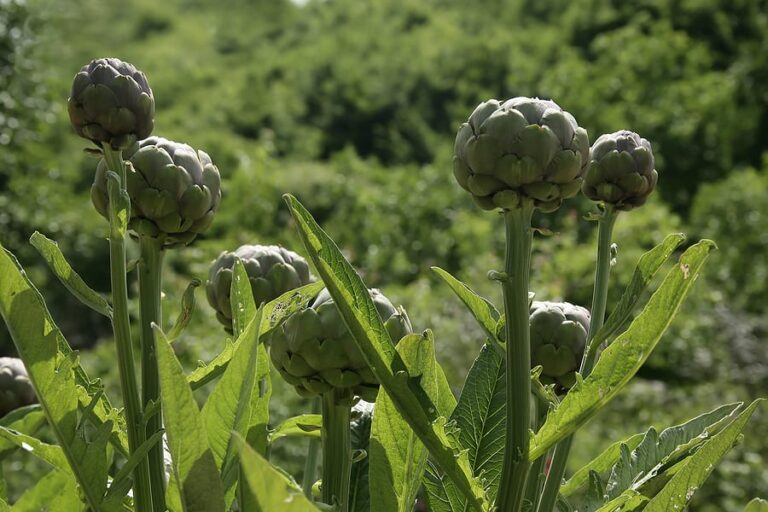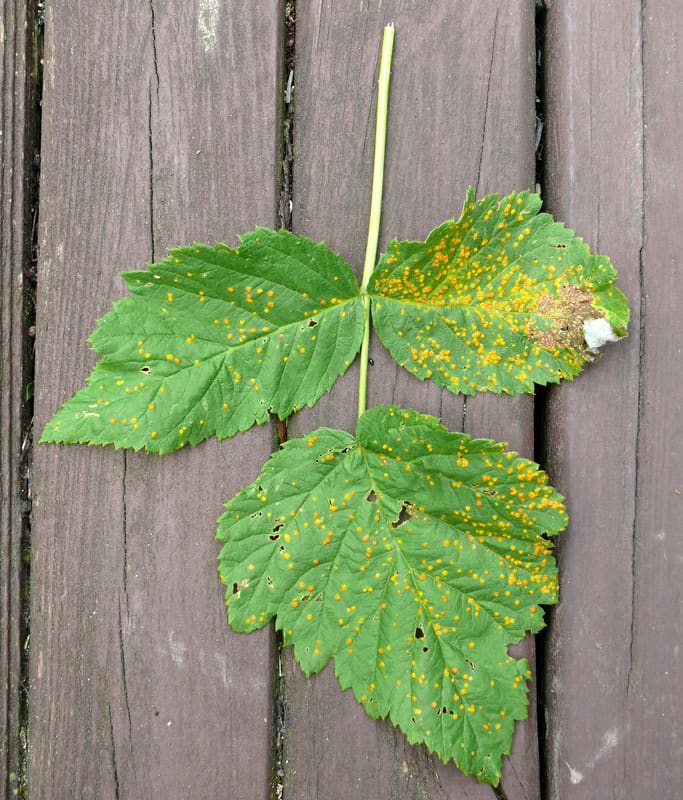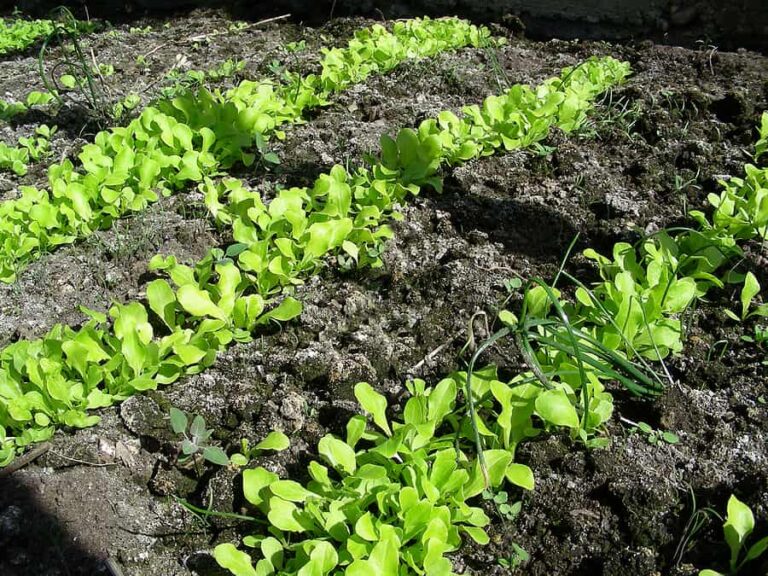Bacterial Leaf Spot Disease
Bacterial leaf spot disease produces small, dark irregular spots on tomato and pepper leaves as well as other crops. Leaves infected with bacterial leaf spot eventually turn yellow and drop off.
Because bacterial leaf spot can cause the defoliation of a host plant developing fruits can suffer sunscald. Small, dark, wartlike raised spots with slightly sunken centers may appear on green fruits. Once sunken spots appear on fruits, rot organisms are able to enter the fruit at these spots and cause decay.
Bacterial spot symptoms are similar to, and often indistinguishable from, bacterial specks.
Disease range: Mainly in the East and Midwest.
Scientific name: Xanthomonas campestris
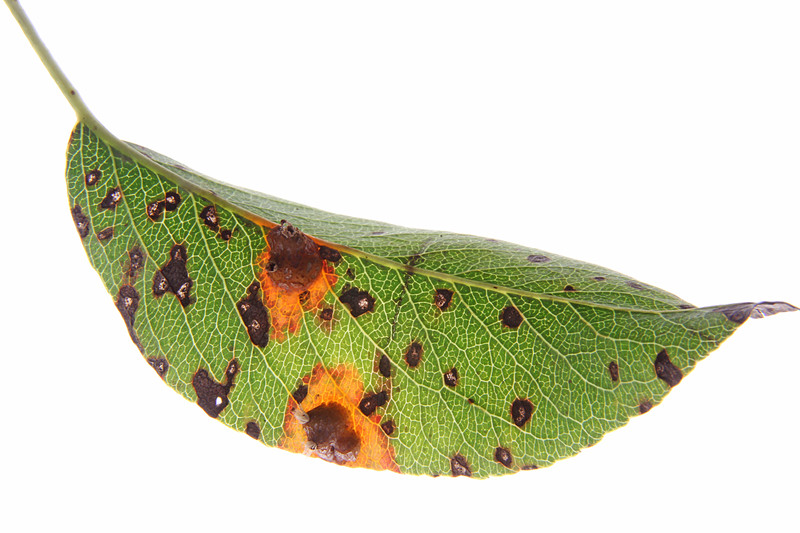
Bacterial leaf spot target plants
Bacterial leaf spot can attack tomato and pepper plants and other vegetables.
Bacterial leaf spot symptoms
An early symptom of bacterial leaf spot is a small (less than 0.25 inch in diameter) spot on a leaf. Water-soaked leaf spots appear on the older leaves of the plant. Small spots become lesions typically bordered by leaf veins and are angular in shape. Lesions quickly turn black (a diagnostic characteristic of this disease).
When leaf spot disease becomes severe numerous lesions may coalesce, resulting in the collapse of the leaf. Older lesions dry up and become papery in texture, but retain the black color. Lesions rarely develop on newly developing leaves.
Bacterial spot symptoms are similar to, and often indistinguishable from, bacterial specks.
Bacterial leaf spot damage
Bacterial leaf spot disease produces small, dark irregular spots on tomato and pepper leaves; leaves eventually turn yellow and drop off. This defoliation weakens plants and exposes developing fruits to sunscald. Small, dark, wartlike raised spots with slightly sunken centers may appear on green fruits. Rot organisms are able to enter the fruit at these spots and cause decay.
How bacterial leaf spot spreads
Bacterial leaf spot is highly dependent on wet, cool conditions for infection and disease development. Splashing water moves the bacteria from plant to plant. Symptoms develop only if rain or sprinkler irrigation is present. Very warm, wet weather encourages the development of the disease. The bacteria can overwinter in plant residues. The bacterium can also harbor in the seeds of infected plants.
Bacterial leaf spot life cycle
Bacteria are microscopic life forms. They can divide to reproduce; one bacterium can multiply quickly in a few hours. Bacteria reproduce the fastest when temperatures are 77 to 86 degrees F. (25-30 C.). Bacteria commonly enter plants through wounds.
Bacterial leaf spot organic prevention and control
- There is no cure for bacterial leaf spot. To prevent bacterial leaf spot:
- Infected plants should be discarded. Individual leaves with spots can be picked off and destroyed. Lower the humidity around plants; decrease leaf wetness.
- Increase air circulation around plants; this will help to lessen the chances of infection.
- Avoid overhead sprinkler irrigation when possible.
- Avoid planting back-to-back crops where the first crop was infected with bacterial leaf spot. The bacterium can survive in garden debris and residue and can spread to subsequent crops.
- Use pathogen-free seeds (seeds from infected plants can spread the disease).
Bacterial leaf spot non-organic controls
Copper fungicide sprays can be used to control bacterial leaf spots. A copper fungicide must be applied before infection occurs.
General plant disease prevention
- Improve air circulation around plants.
- Mulch around the base of plants to reduce water splashing.
- Do not use overhead watering.
- Control weeds.
- Rotate crops.
Related articles:
Vegetable Garden Diseases Problem Solver
Vegetable Garden Organic Weed Control
Vegetable Garden Organic Pest Control
Garden Planning Books at Amazon:
- Vegetable Garden Almanac & Planner
- Kitchen Garden Grower’s Guide Vegetable Encyclopedia
- Vegetable Garden Grower’s Guide
- Tomato Grower’s Answer Book

